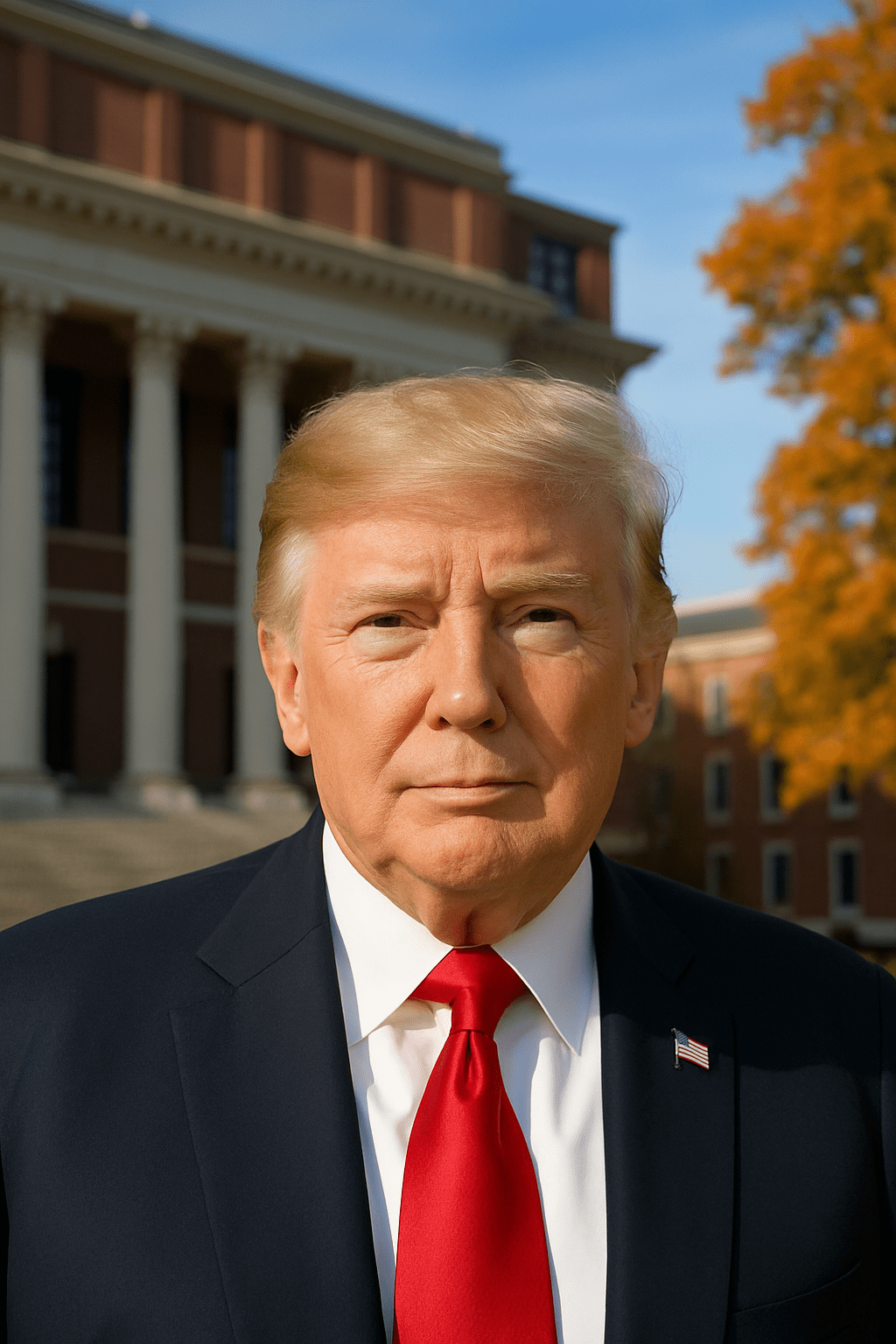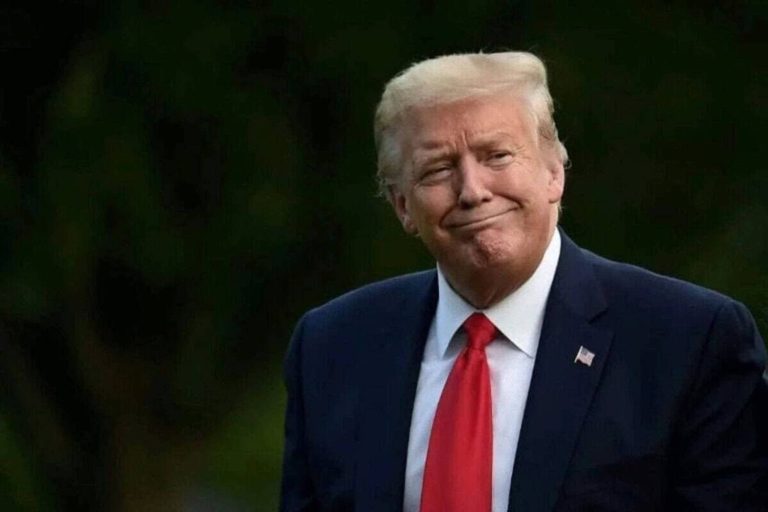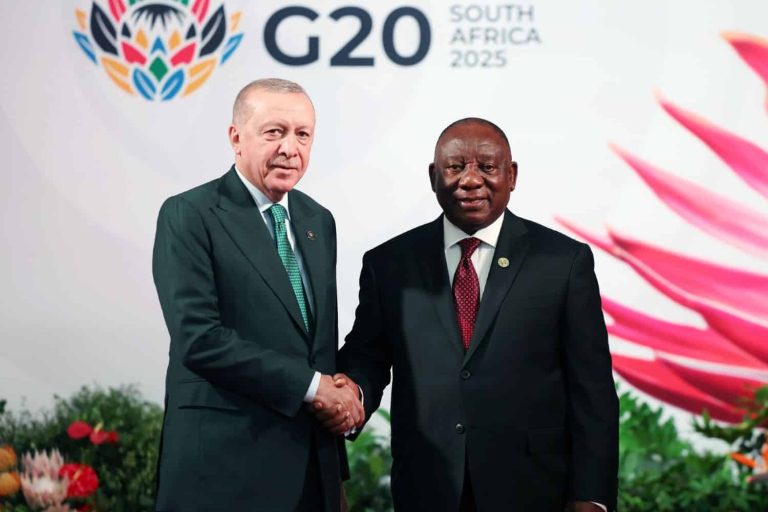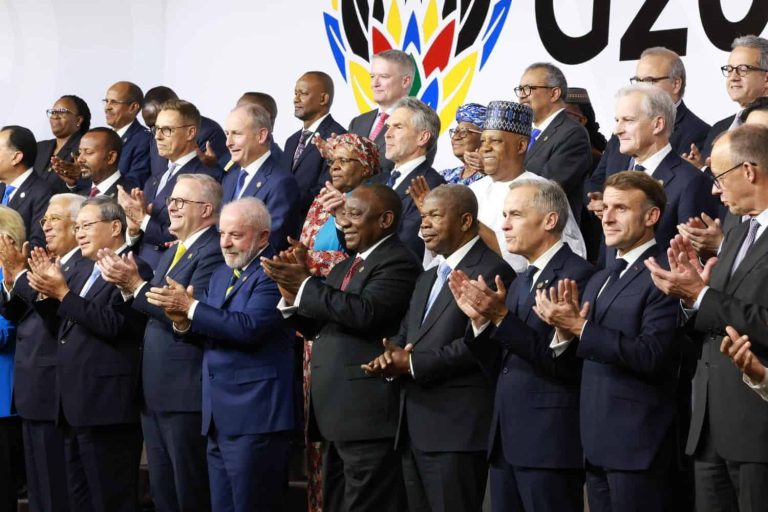
US President Donald Trump signed an executive order on Thursday officially reducing tariffs on Japanese car imports from 27.5% to 15%, providing relief to automotive giants such as Toyota, Honda, and Nissan.
This move finalises a deal first announced in July, which sets a 15% tariff on nearly all Japanese exports to the United States, covering vehicles, pharmaceuticals, and more.
As part of the agreement, Japan has pledged to invest $550 billion in US projects and gradually open its markets to American goods, including cars and rice, according to the White House.
The deal follows extensive negotiations triggered by Trump’s broad tariff announcements earlier this year, which rattled global markets.
Japan’s chief trade negotiator, Ryosei Akazawa, expressed relief on social media, calling the deal a long-awaited breakthrough.
The executive order aims to reduce America’s trade deficit with Japan while creating new opportunities for US businesses. Japan has committed to purchasing $8 billion worth of American products annually, including agricultural goods like fertilisers and bioethanol.
One significant concession from Tokyo involves increasing the purchase of US-grown rice by 75%, a notable shift given Japan’s previous protection of its domestic farming sector.
Trump described the deal as “massive” and “great for everybody,” underscoring its significance for both economies.
The Japanese economy depends heavily on exports, with the US as its largest market. Vehicles represent roughly 20% of Japan’s total exports.
Since the tariffs took effect in August, there has been widespread concern over their economic impact. Toyota recently warned that the tariffs could cost the company around $10 billion this year.
Following the signing of the executive order, shares in Japanese automakers and suppliers climbed in Tokyo’s stock market on Friday.



